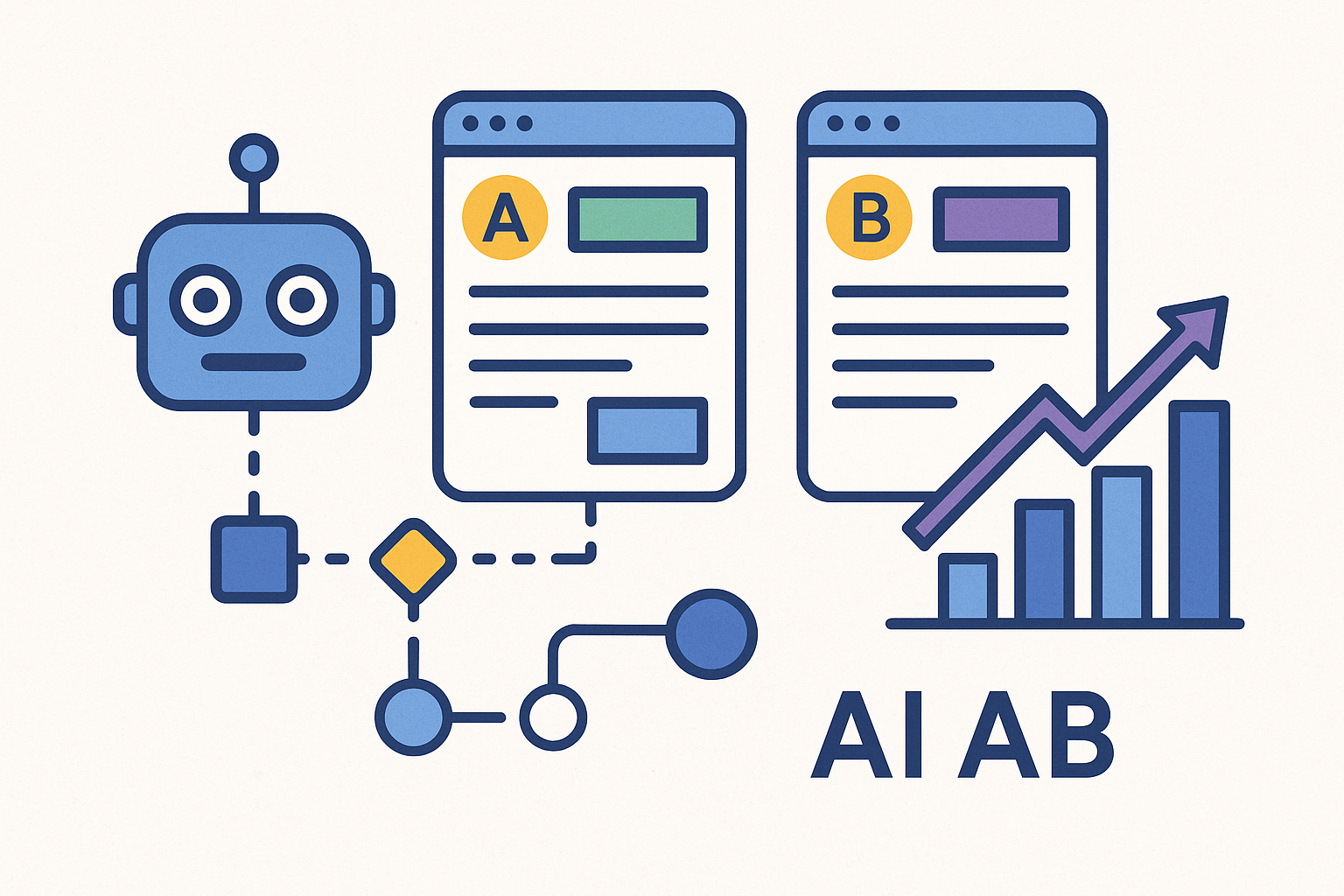Can AI Tell You What Your Audience Really Wants?

Understanding what your audience wants has always been the marketer’s holy grail.
Before AI, getting there relied on a mix of educated guesses, survey responses, and maybe a few lucky insights pulled from Google Analytics.
Attention these days is short, competition is fierce, and customer expectations are sharper than ever.
So the question emerges: can AI actually tell you what your audience really wants and not just what they’ve done before?
The short answer is yes—but not in the way people often imagine.
AI doesn’t offer a crystal ball.
It doesn’t whisper secret preferences into your ear or write out your entire marketing plan overnight.
What it does do is help you detect patterns at scale, spot signals that humans might miss, and identify what actually resonates—often before it shows up in your KPIs.
Every time a user clicks an email, scrolls past an ad, abandons a cart, or rewatches a certain part of a video, they’re sending signals about what interests them, what confuses them, and what they’re hoping to find.
Traditional analytics tools can surface some of this—click-through rates, bounce rates, engagement heatmaps, but AI adds the missing layer of interpretation.
It can cluster behaviors into meaningful segments, highlight shifts over time, and suggest not just what happened but why it may have happened.
Natural language processing (NLP) takes this further by analyzing not just what people do, but what they say.
AI can sift through thousands of product reviews, support tickets, chat logs, and social media comments to surface recurring themes, emotional tones, and customer pain points. Instead of manually tagging survey answers or scrolling Twitter for insights, marketers can now run a sentiment analysis that reveals—within minutes—how users feel about a new feature rollout, what frustrations they’re voicing, or which benefits they mention most often unprompted.
Where things get even more interesting is in content interaction.
AI tools that monitor audience engagement with blog posts, newsletters, and videos don’t just track performance; they can now correlate specific phrasing, formats, and headlines with engagement spikes.
That means you can start answering questions like, “Do our readers respond better to storytelling or how-tos?” or “Is urgency in a subject line helping or hurting us?” in real time, without waiting for monthly reports.
Some platforms even integrate machine learning to auto-adjust future content distribution based on past behavior—meaning your strategy gets smarter with every publish.
AI isn’t just about understanding what people want right now, it’s also a powerful tool for identifying emerging interest before it hits your dashboards.
Search intent models, trend detection tools, and generative algorithms can reveal growing interest in adjacent topics, related keywords, or changing buyer journeys.
You might notice a surge in searches for a feature you hadn’t prioritized, or realize that a product you’ve been promoting to founders is suddenly getting traction with operations leads.
AI gives you the time advantage to shift messaging or offers before your competitors catch on.
Of course, all of this is only as good as your inputs. AI doesn’t make marketing instincts irrelevant—it sharpens them. The more clearly you define your brand voice, customer segments, and business objectives, the better your AI tools will perform. It’s not about outsourcing strategy; it’s about augmenting it. The best use of AI is not to blindly follow recommendations, but to treat them as starting points—insight prompts that spark smarter experiments.
If you’re operating with a lean team or limited resources, this kind of insight isn’t just helpful—it’s transformative.
Instead of combing through spreadsheets or guessing which blog post to write next, you can use AI to identify rising content themes, predict what language drives clicks, and even draft messaging tailored to specific micro-segments.
Tools like SparkToro, Crayon, or even ChatGPT (with the right prompt structure) can uncover what your audience is reading, watching, comparing, or confused by—giving you the context you need to show up more effectively in their inbox, feed, or funnel.
AI won’t replace your connection with your audience, but it can replace the guesswork.
It helps you listen at scale, adapt with precision, and show up with the kind of relevance that turns attention into trust.
So can AI tell you what your audience really wants? Maybe not in a single sentence—but with the right systems in place, it can get you far closer to the truth than instinct or intuition alone ever could.










